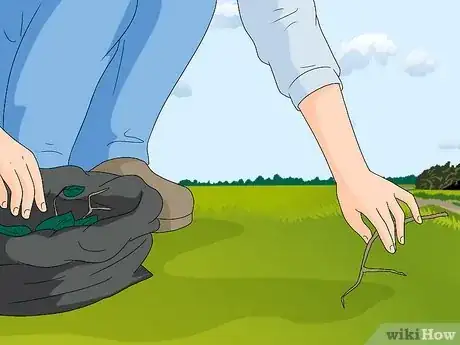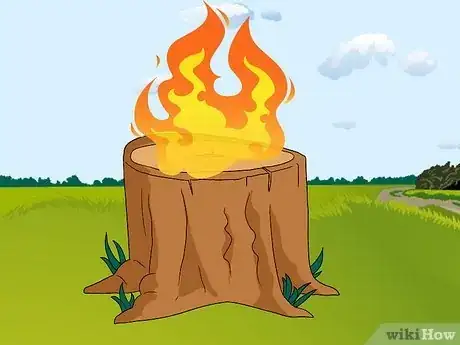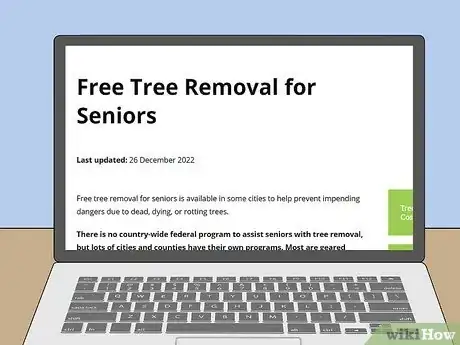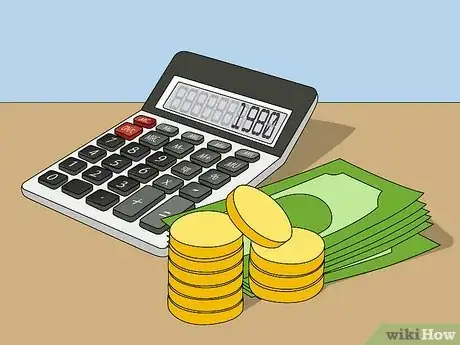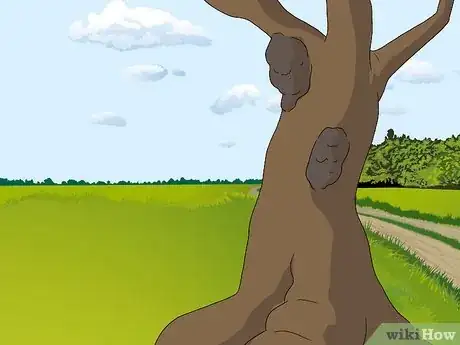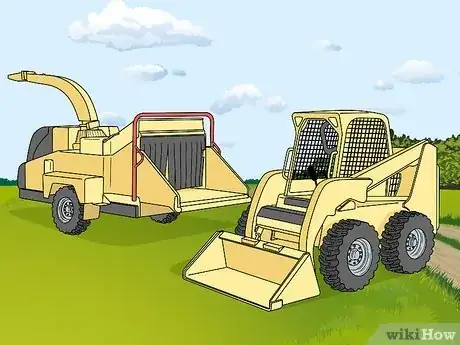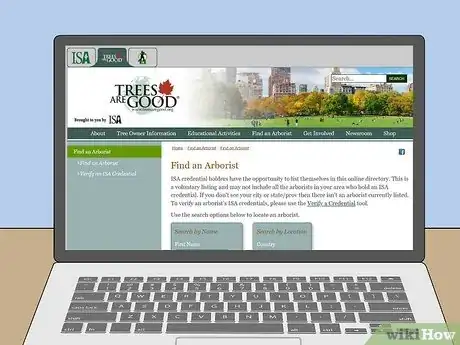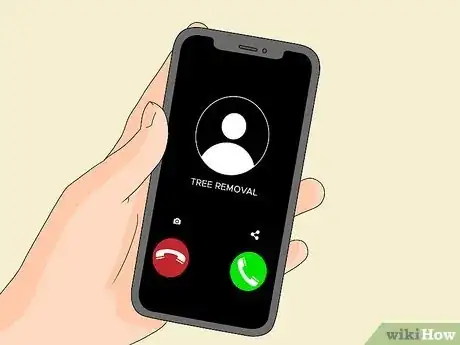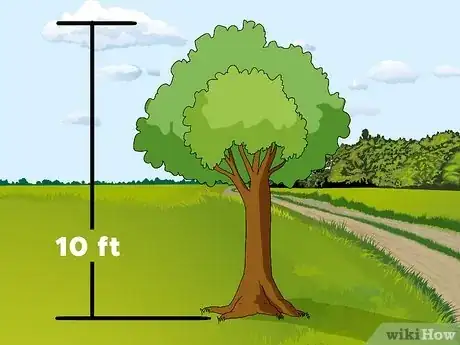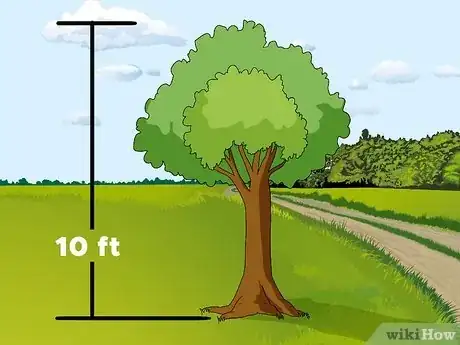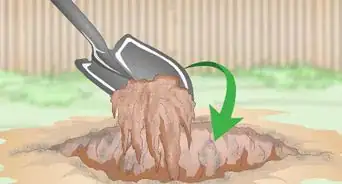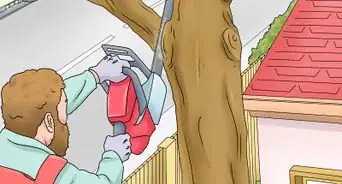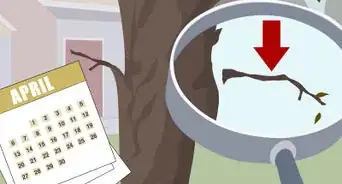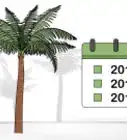This article was co-authored by Grant Wallace and by wikiHow staff writer, Dan Hickey. Grant Wallace is a Landscaper and Owner of Grantlanta Lawn in Atlanta, Georgia. With over seven years of experience, he specializes in lawn maintenance and landscape installation. In 2012, he earned his BA from the University of West Georgia. Grant has been profiled in Shoutout Atlanta, Canvas Rebel, and Voyage ATL.
There are 9 references cited in this article, which can be found at the bottom of the page.
You’ve been putting off getting that old tree in your backyard taken down for years because of the price, but now you can’t wait any longer. Is there any way to get a better deal? It turns out there are several things you can do to negotiate a lower tree removal rate if you don’t mind rolling up your sleeves and doing a bit of the work yourself. In this article, we’ll show you where you can cut costs for professional tree removal, plus explain why it costs so much in the first place and what to look for in a quality removal service. It’s time to make some calls!
Things You Should Know
- Negotiate lower tree removal costs by offering to keep the logs, clean up green waste, or keep the stump in place. Remove during winter when rates are cheapest.
- Most trees cost $700 to $750 to remove, but the price varies depending on the tree’s height, trunk thickness, location, health, and other factors.
- Choose a certified arborist who’s licensed and insured to handle tree removal to do the job.
- Only try to remove a tree yourself if it’s under 10 ft (3.0 m) tall and in an open space. It may be too dangerous or unlawful otherwise.
Steps
Expert Q&A
-
QuestionHow do you know when it's time to take down a tree?
 Grant WallaceGrant Wallace is a Landscaper and Owner of Grantlanta Lawn in Atlanta, Georgia. With over seven years of experience, he specializes in lawn maintenance and landscape installation. In 2012, he earned his BA from the University of West Georgia. Grant has been profiled in Shoutout Atlanta, Canvas Rebel, and Voyage ATL.
Grant WallaceGrant Wallace is a Landscaper and Owner of Grantlanta Lawn in Atlanta, Georgia. With over seven years of experience, he specializes in lawn maintenance and landscape installation. In 2012, he earned his BA from the University of West Georgia. Grant has been profiled in Shoutout Atlanta, Canvas Rebel, and Voyage ATL.
Landscaper Contact your local arborist, as all trees are different. Generally speaking, though, look out for dead spots on the tree (whether that's on the branches, in the trunk, or around the stump). Any strange spots that appear on the bark or leaves are also an indication that the tree might be diseased. Larger branches starting to fall off is another indication.
Contact your local arborist, as all trees are different. Generally speaking, though, look out for dead spots on the tree (whether that's on the branches, in the trunk, or around the stump). Any strange spots that appear on the bark or leaves are also an indication that the tree might be diseased. Larger branches starting to fall off is another indication.
Warnings
- Removing trees yourself is a complex, dangerous task. It’s best to leave it to professionals unless you have training and experience with felling trees safely.[17]⧼thumbs_response⧽
Expert Interview

Thanks for reading our article! If you'd like to learn more about tree removal regulations, check out our in-depth interview with Grant Wallace.
References
- ↑ https://theyardable.com/how-to-negotiate-tree-removal/
- ↑ https://www.lawnstarter.com/blog/cost/tree-removal-price/
- ↑ https://www.lawnstarter.com/blog/cost/tree-removal-price/
- ↑ https://theyardable.com/how-to-negotiate-tree-removal/
- ↑ https://theyardable.com/how-to-negotiate-tree-removal/
- ↑ https://diyspotlight.com/cheapest-time-of-year-tree-stump-removal/
- ↑ https://www.thisoldhouse.com/gardening/reviews/average-cost-of-tree-removal
- ↑ https://www.thisoldhouse.com/gardening/reviews/average-cost-of-tree-removal
- ↑ https://treecaretips.org/why-is-tree-work-so-expensive/news/
- ↑ https://www.thisoldhouse.com/gardening/reviews/average-cost-of-tree-removal
- ↑ https://www.forbes.com/home-improvement/lawn-care/tree-removal-cost/
- ↑ https://www.treemusketeers.net/how-to-negotiate-tree-removal/
- ↑ https://www.americanarborists.net/tree-tips/2017/march/trees-and-neighbors-what-you-need-to-know/
- ↑ https://lawnlove.com/blog/neighbor-tree-endangering-your-yard/
- ↑ https://www.thisoldhouse.com/gardening/reviews/average-cost-of-tree-removal
- ↑ https://www.lawnstarter.com/blog/cost/tree-removal-price/
- ↑ https://www.thisoldhouse.com/gardening/reviews/average-cost-of-tree-removal

